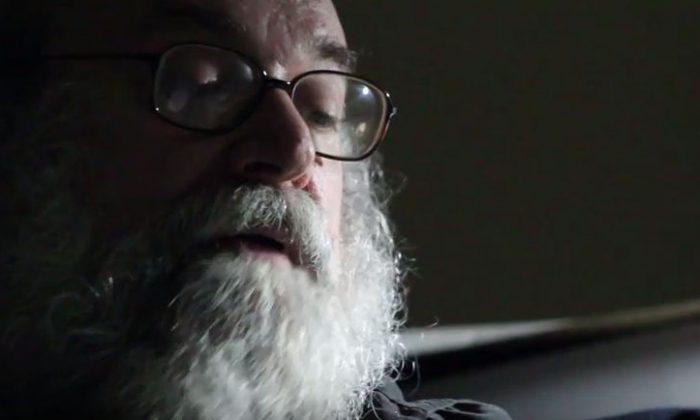These two false-color images show the gradual retreat of Alaska’s Columbia Glacier from 1986 until 2011, and were captured with the Thermatic Mapper instrument on NASA’s Landsat 5 satellite.
The Columbia is one of the world’s most rapidly changing glaciers. It starts at over 3,000 meters (10,000 feet) above sea level, descending into Prince William Sound in southeastern Alaska.
Each picture represents vegetation in green, clouds in orange, the ocean in dark blue, and snow and ice in cyan.
The first image shows how the glacier looked in 1986, when its terminus reached the northern edge of Heather Island. In the second image, taken in May 2011, the Columbia has retreated 20 km (about 12 miles) north.
It has also become much thinner with much more abundant exposed bedrock, seen in brown.
The movement ended up splitting the glacier in two–the main branch and the west branch–causing ice to break off and forming the debris visible in the second picture.
According to NASA, the glacier has lost almost half its total thickness and volume in the last 30 years or so.
The Epoch Times publishes in 35 countries and in 19 languages. Subscribe to our e-newsletter.








